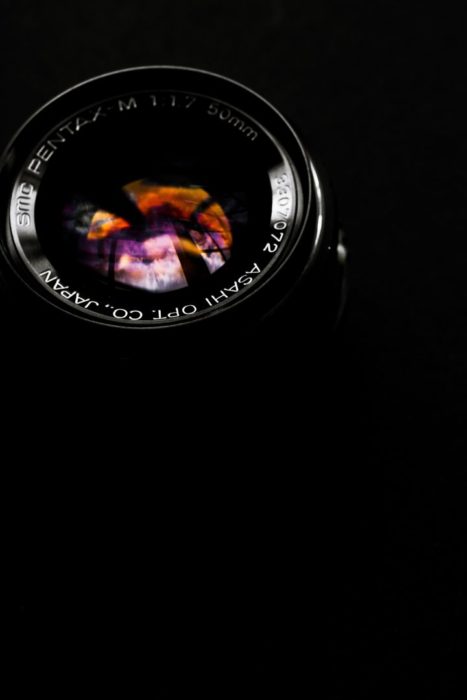
A new study “The Power of Images? Visual Journalists’ Assessment of the Impact of Imagery” by Nicole Smith Dahmen, Kaitlin C. Miller and Brent Walth, all of University of Oregon, contributes to the topic of journalistic images. The authors surveyed known visual journalists for their experiences and perceptions on images and their impact.
Visual imagery as part of journalistic storytelling can have an almost iconic impact on the readers, as attested by the ‘semi-myth’ of the famous photo of a little Vietnamese girl running away from an American napalm strike turning the public sentiment against the war.
There were no preliminary hypotheses for the study. Rather, the study was based on five exploratory research questions gauging the extent of caring impact by visual journalists (1), thinking that images have an impact (2), the extent to which shocking or graphic images can have impact (3), the value the measures of impact hold for visual journalists (4), and what types of impact have visual journalists seen from their work (5). Based on these questions, a Likert-scale survey was generated.
The sample of participants who answered the survey (N=146) consisted of journalists working for U.S. daily newspapers with a circulation of 10,000 or more, which means 637 newspapers – from which 1,061 journalist were identified, but about 14% answered. The sample was mostly White (86%), mostly male (72%) and had a median age of 31,74 years.
The survey found out that the participants generally cared about the outcomes created of their images(1). They generally thought that the visual medium was efficient in conveying information quickly and accurately, and connecting the human side to the story (2).
Of graphic images (3), it was not universally agreed that they create impact. The journalists thought that such images can evoke great change, but may also cause great harm. The results suggested that as the impact of graphic images grows, their ability to cause harm decreases, according to the participants. Although the emotional impact was seen, it did not necessarily effect change.
The values (4) most likely held important were public awareness and understanding. In outcomes (5) the clearest effect was seen in audience traffic created by images. For many, the ability to share information was important, as was the ability to create meaningful discussion.
The most significant finding of the survey was that while visual journalists strongly agreed that images are indeed important, graphic scenes in particular were not seen as universally impactful. The discrepancy here was explained due to the spectrum of effects such imagery can have: while the emotional impact is assured, it can also lead to sensationalism and harm, even backlash.
Another finding was related to awareness and understanding – while more than half valued such impact, only 11% had seen such an effect from their images. The authors also note than in some cases, the survey participants associated “wanting an impact” with “activism” (rather than impartial journalism), so while “awareness” was highly valued, the participants were not particularly inclined to hope for an impact.
The study “The Power of Images? Visual Journalists’ Assessment of the Impact of Imagery” by Nicole Smith Dahmen, Kaitlin C. Miller and Brent Walth is in Visual Communication Quarterly (free abstract).
Picture: untitled by Adam Birkett.
License Unsplash.